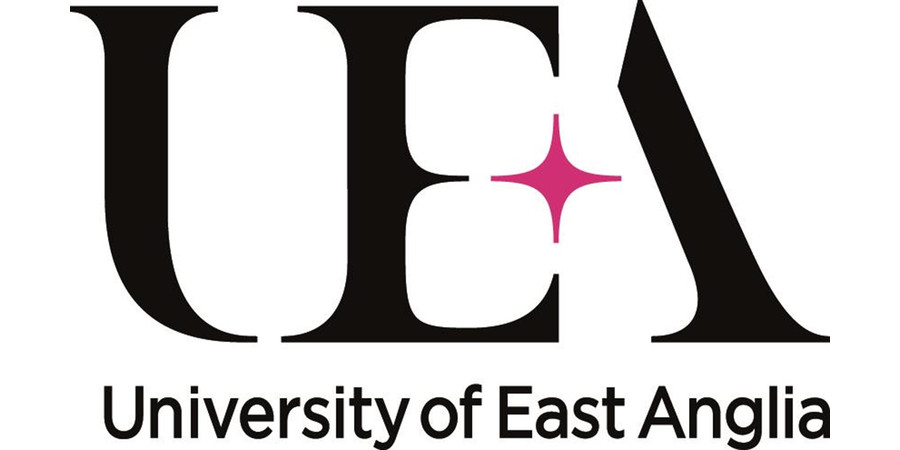PhD Studentship - Genetic Load, Fitness and Conservation in the Seychelles Warbler
University of East Anglia - School of Biological Sciences
| Qualification Type: | PhD |
|---|---|
| Location: | Norwich |
| Funding for: | UK Students, EU Students, International Students |
| Funding amount: | £20,780 - please see advert |
| Hours: | Full Time, Part Time |
| Placed On: | 10th October 2025 |
|---|---|
| Closes: | 7th January 2026 |
| Reference: | RICHARDSON_UEA_ARIES26 |
Primary Supervisor - Prof David S Richardson
Scientific Background
Genetic variation within populations is essential to their ability to adapt and survive, but most mutations that change function are deleterious. We can now estimate the effect of each mutation in a genome based on biomolecular properties. Such mutation-effect scores are increasingly used to understand individual and population health in the real world. However, how these scores translate into fitness (survival/reproductive success) under natural conditions has not been tested. Furthermore, our understanding of how conservation actions (e.g. translocations) affect the distribution, and thus impact, of such mutations within endangered populations is limited. Addressing these knowledge gaps is important for realising the potential of genomic data in evolutionary ecology and conservation.
The long-term study of Seychelles warblers Acrocephalus sechellensis, on Cousin Island provides an excellent system for this PhD. Our database contains data on survival and reproductive success, combined with whole-genome sequences, from 1922 individuals. We also have samples from all four populations established from Cousin by translocation.
Research Methodology & Training
You can undertake fieldwork (optional) to collect samples and extend the fitness database, molecular work to sequence additional genomes, and bioinformatics to define mutation-effect scores, thus generating an exceptionally powerful database.
The following novel objectives can then be tackled, with components being developed and prioritised according to your interests:
1) Test the relationship between mutation-scores and individual fitness, including determining the added value (beyond metrics of inbreeding) of such scores in predicting fitness
2) Quantify drift load (the reduction in fitness caused by deleterious mutations that have become fixed by drift) in the original and translocated populations.
3) Use Population Viability Analyses to investigate how mutation-scores can inform assisted gene flow to reduce deleterious mutation effects and improve population viability.
At UEA you will join a thriving, friendly group, supported by a vibrant ARIES cohort, work with international collaborators (Netherlands, Seychelles), and within an exceptionally strong evolution/ecology/conservation research community. You will gain diverse research skills in fieldwork (ability-dependent), sequencing, bioinformatics, analysis, concepts, scientific writing and public communication. Training to increase transferable skills and employability will also be provided.
Person specification
Understanding of evolutionary or conservation genetics/genomics
Experience in bioinformatics/coding preferred
Fieldwork skills (optional)
Entry Requirements
At least UK equivalence Bachelors (Honours) 2:1. English Language requirement (Faculty of Science equivalent: IELTS 6.5 overall, 6 in each category).
Acceptable first degree: Biology/Ecology degree (or related), including genetics, genomics, evolution, and/or conservation, and with data handling training
Start date: 1st October 2026
Funding
ARIES studentships are subject to UKRI terms and conditions. Successful candidates who meet UKRI’s eligibility criteria will be awarded a fully-funded studentship, which covers fees, maintenance stipend (£20,780 p.a. for 2025/26) and a research training and support grant (RTSG). A limited number of studentships are available for international applicants, with the difference between 'home' and 'international' fees being waived by the registering university. Please note, however, that ARIES funding does not cover additional costs associated with relocation to, and living in, the UK, such as visa costs or the health surcharge.
Advert information
Type / Role:
Subject Area(s):
Location(s):









